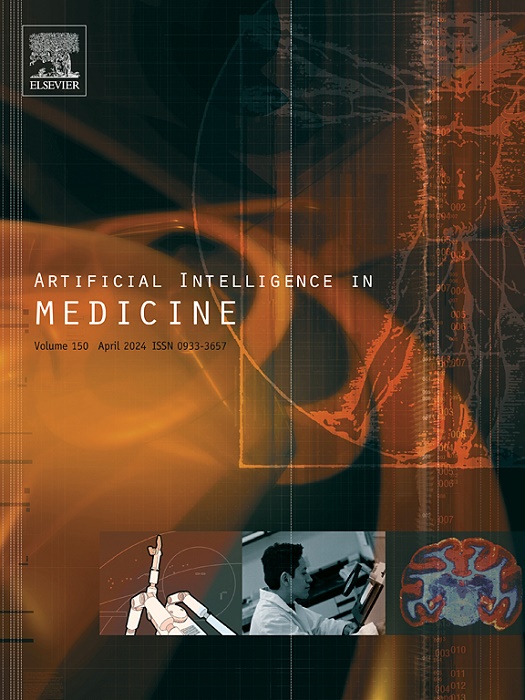通过多视角对比学习改进药物-靶标相互作用预测
IF 6.2
2区 医学
Q1 COMPUTER SCIENCE, ARTIFICIAL INTELLIGENCE
引用次数: 0
摘要
药物-靶标相互作用(DTI)鉴定是药物发现领域的关键问题之一。机器学习方法为解决这个问题提供了有效的方法,减少了昂贵和耗时的实验室实验。然而,带标签的标注药物数据的稀缺性限制了监督机器学习在DTI预测中的应用。从对比学习的最新进展中汲取灵感,我们提出了一种采用多视图对比学习来克服数据限制的新框架contrati。我们的模型将药物的分子图作为主视图,药物的SMILES字符串作为侧视图,采用两种类型的损失函数来对比主视图和主视图与侧视图之间的交叉视图对齐。在单目标和多目标DTI数据集上的大量实验表明,contratti提高了DTI预测的分类性能,特别是在标记数据稀缺的情况下。在数据有限的情况下,contratti可以成为预测DTI的强大工具。本文的代码可在https://github.com/zhiruiliao/ContraDTI上获得。本文章由计算机程序翻译,如有差异,请以英文原文为准。
ContraDTI: Improved drug–target interaction prediction via multi-view contrastive learning
Drug–target interaction (DTI) identification is one of the crucial issues in the field of drug discovery. Machine learning approaches offer efficient ways to address this issue, reducing expensive and time-consuming laboratory experiments. However, the scarcity of annotated drug data with labels restricts supervised machine learning applications to DTI prediction. Drawing inspiration from recent advances in contrastive learning, we present ContraDTI—a novel framework that adopts multi-view contrastive learning to overcome data limitations in this paper. Our model considers the molecular graph of a drug as the main view and the SMILES string of a drug as the side view, employing two types of loss functions for the contrast of the main view and the cross-view alignment between the main and the side views. Extensive experiments on both single-target and multi-target DTI datasets demonstrate that ContraDTI enhances the classification performance of DTI prediction, particularly when labeled data is scarce. ContraDTI can be a powerful tool for DTI prediction in data-limited scenarios. The code of this paper is available at https://github.com/zhiruiliao/ContraDTI.
求助全文
通过发布文献求助,成功后即可免费获取论文全文。
去求助
来源期刊

Artificial Intelligence in Medicine
工程技术-工程:生物医学
CiteScore
15.00
自引率
2.70%
发文量
143
审稿时长
6.3 months
期刊介绍:
Artificial Intelligence in Medicine publishes original articles from a wide variety of interdisciplinary perspectives concerning the theory and practice of artificial intelligence (AI) in medicine, medically-oriented human biology, and health care.
Artificial intelligence in medicine may be characterized as the scientific discipline pertaining to research studies, projects, and applications that aim at supporting decision-based medical tasks through knowledge- and/or data-intensive computer-based solutions that ultimately support and improve the performance of a human care provider.
 求助内容:
求助内容: 应助结果提醒方式:
应助结果提醒方式:


